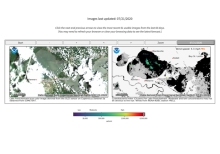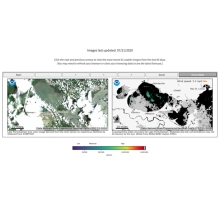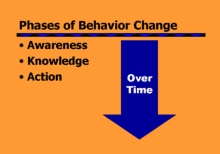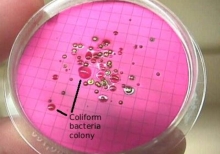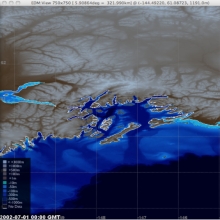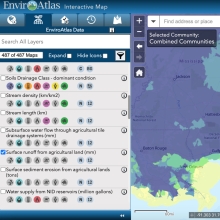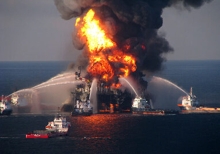Harmful Algal Bloom Monitoring System
Harmful algal blooms (HABs), sometimes known as "red tide", occur when certain kinds of algae grow very quickly, forming patches, or "blooms", in the water. These blooms can emit powerful toxins which endanger human and animal health. Reported in every coastal state, HABs have caused an estimated $1 billion in losses over the last several decades to coastal economies that rely on recreation, tourism, and seafood harvesting. Blooms can lead to odors that require more costly treatment for public water supplies.
